
Guitar Outline Equation

The Nealon Equation

The Guitars

The Arch Tops

The Classicals
Arctan
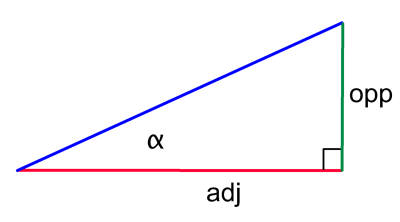

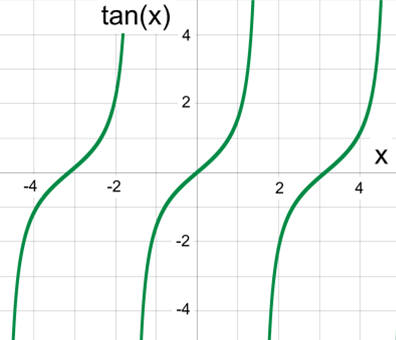
Calculations are in radians, not degrees.
The tangent function is periodic over
π
and goes to infinity at odd multiples of
π
/2; videlicet,
±
1
π
/2,
±
3
π
/2,
±
5
π
/2, . . . .
Arctangent, sometimes called the inverse tangent, is the angle for a given tangent.

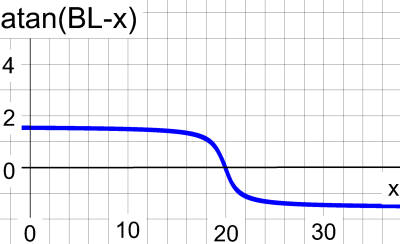
By writing (BL - x) as the argument, the arctan is offset - and inverted.
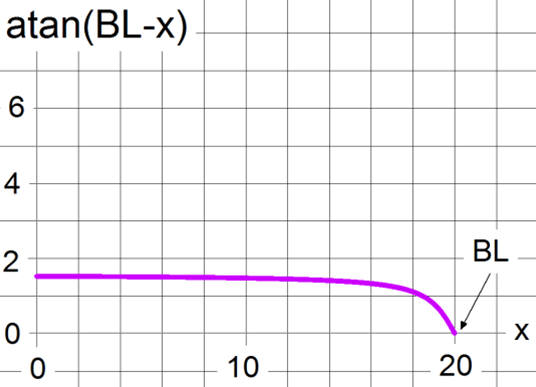
Finally, the product of two arctan terms pins the curve at x = 0 and at BL.
Note the value of the function
at the halfway point: at x = 10. If arctan asymptotically approaches
π
/2, how can the curve be greater than 2 at x = 10? If x = BL/2, then the function graphed here is atan(BL/2
)*atan(BL-BL/2) = 2atan(BL/2).
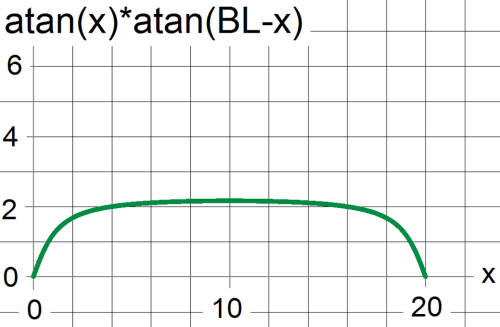
Here is a graph of two arctan terms multiplied by a sin function. The "1+" inside the parentheses is just for the purpose of illustration. For the guitar curve fit there would be a series of sines. The equation for fitting the guitar outline also has a polynomial multiplying the arctans. The constant A is the amplitude, B is the frequency, and C is the phase of the sine. Notice that this equation has only three parameters plus the body length. This example has A = .2, B = 1, and C = .3
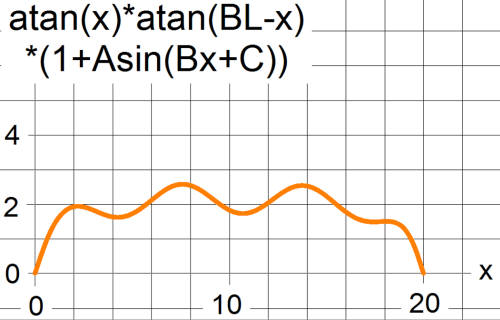
Here is a graph of two arctan terms multiplied by a sin function. The "1+" inside the parentheses is just for the purpose of illustration. For the guitar curve fit there would be a series of sines. The equation for fitting the guitar outline also has a polynomial multiplying the arctans. The constant A is the amplitude, B is the frequency, and C is the phase of the sine. Notice that this equation has only three parameters plus the body length. This example has A = .2, B = 1, and C = .3
Now the curve is starting to look suspicious - but it's just a coincidence. To obtain a perfect fit to a guitar body, at least 19 coefficients are required!

For this curve, A = .2, B = .3, and C = .4
webpages and Eos image copyright 2014 M Nealon